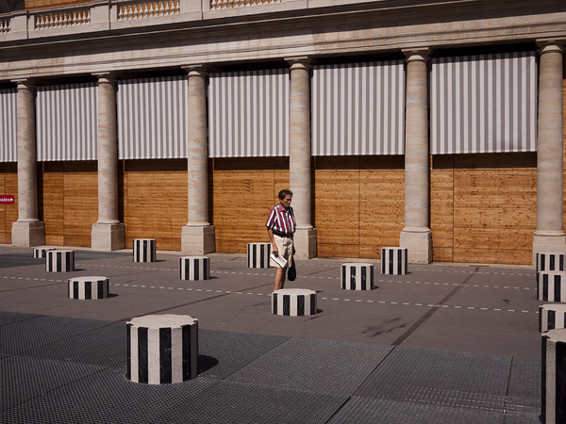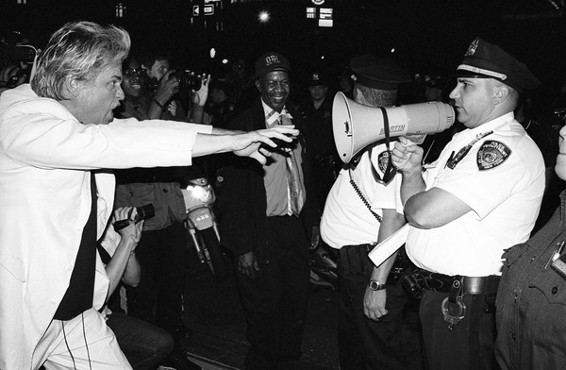Guest Gallery: Kramer O’Neill, Paris, France

Kramer O’Neill designs and animates things, and takes lots of pictures, many of which might be described as “street photography”—a genre combining some of his favorite pursuits: cinematography, editing, amateur psychology, amateur anthropology, and very long walks.
He was the 2010 Photo Urbanism Fellow at Design Trust for Public Space in New York City; excerpts from that project, Same Time Every Day, were displayed in New York’s subway system. His photos have been shown in galleries in New York, London, Paris, Louisville, Turin, Cardiff, and Los Angeles, and he has self-published two photo books: Pictures of People and Things 1 and Til Human Voices Wake Us. He is a founding member of the Strangers Photo Collective, and currently lives in Paris, France.

How did you first get started in street photography?
It turns out I had been doing it on and off for most of my life, I just didn’t know what “it” was. Once it was identified, that helped shape things a lot. I’d say I really started five years ago.

What are some things you look for when shooting on the street?
Lines, light, people. Someplace crowded enough to have some kind of interaction going on (and you can pass through relatively unnoticed), instead of a formless clump of people. That said, with the right setting, having one person (or no one) in the frame can also make a good picture.

Describe the story behind the most meaningful street photograph you have ever taken
I may be hedging a bit, but my favorite street shot doesn’t fit a conservative definition of “street.” It’s actually a wedding picture, wherein the bride and groom are having this really ambiguous moment. On some level, I knew it would be special the moment I took the picture. I just walked up to the bride on the dance floor (I was a guest, not the official photographer), held out the flash off-camera, and tried to open the shutter and hit the flash’s test button at the same time. The way they are in the frame, and the way things are moving around them, feels like something only still photography can do: freezing a moment of numerous haphazard interactions—including my own actions within the mix—to clarify those interactions in a way that the eye alone (tethered as it is to linear time) cannot.

What do you think makes a great street photograph?
Like any art form, a great photograph does something specific to the medium, conveying something that can only be conveyed in that art form—and which makes it hard to discuss in another form (such as writing, in this case). Photography, being the mechanical/chemical/ electronic medium that it is, is well-suited for moving temporal events out of time. And that might be a long way of saying that great photography is both immediate and timeless. As photos get older, their perceived contexts change, but great work succeeds through it all.
What advice would you give to aspiring street photographers?
Shoot a lot, and edit ruthlessly. Don’t be afraid to get right into the scene. Your presence will alter the subject you are shooting, making you a participant in the action. Participate. There are many ways to do that, but I’d recommend with courtesy and friendliness. You are not making photographs of other people; you are documenting your own interaction with the world.
To see more of O’Neill’s work, visit his websites krameroneill.com and picturesofpeopleandthings.com.